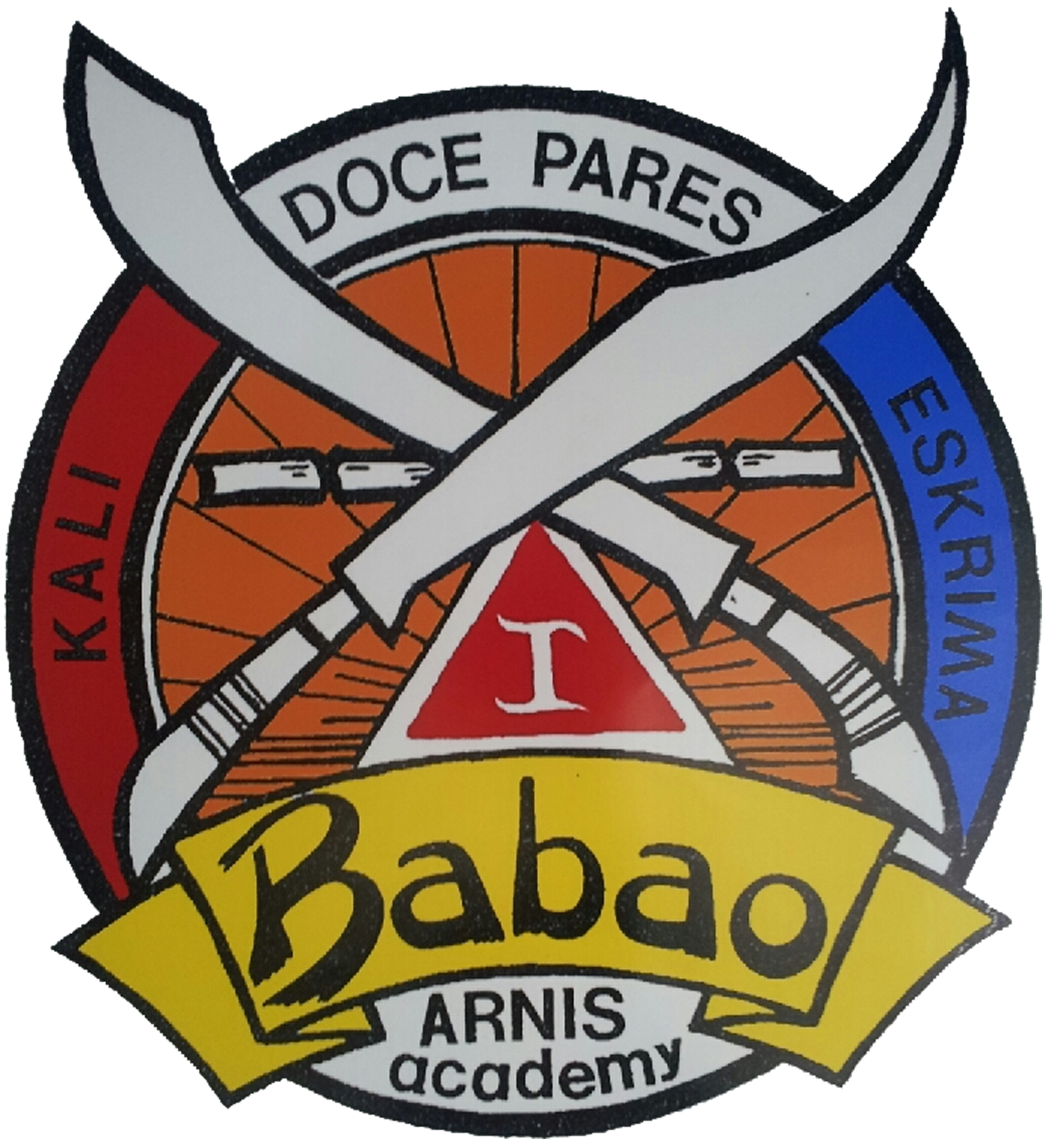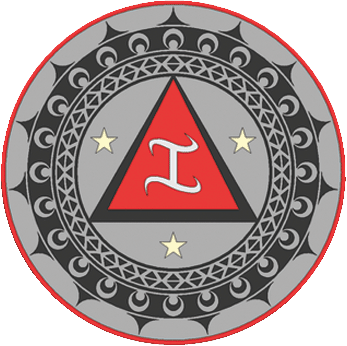




Philippine Martial Arts or "PMA" is an umbrella term for the traditional martial arts of the Philippines; also known as "Filipino Martial Arts," or FMA. It emphasizes weapon-based fighting with sticks, knives and other bladed weapons, and various improvised weapons. Philippine Martial Arts also includes hand-to-hand combat and weapon disarming techniques. It also refers to ancient and newer fighting methods devised in the Philippines, the most popular of which are known as Arnis, Eskrima, Kali. For the purpose of convenience, this course will use the term Arnis throughout.
Both the terms Arnis and Eskrima are derived from Spanish.
Arnis comes from arnes, Old Spanish for armor. Arnis de Mano is a term used on the island of Luzon; the northern region of the Philippines. "Arnis de Mano" means "harness of the hand." The term came from the Spanish soldiers' description of the wrist guards worn by the Philippine Martial Artist when they practiced. Arnis is generally associated with Philippine Martial Arts originating from the northern region of the Philippines.
Eskrima is a Philippine version of the Spanish word for fencing (esgrima) or means "to skirmish". The Philippine spelling of eskrima is usually spelled with a "k" instead of a "c" because there is no "c" in the Tagalog alphabet. The Abakada alphabet is an indigenized Latin alphabet of the Tagalog language of the Philippines. Eskrima is generally associated with Philippine Martial Arts originating from the central region of the Philippines.
Kali has many theories existing on the origin of term. For the most part, it is another generic term used to refer to Philippine Martial Arts. Kali is generally associated with Philippine Martial Arts originating from the southern region of the Philippines.
Mano Mano is the empty-hand component of Philippine martial arts. The term translates as "hands" or "hand to hand" and comes from the Spanish word mano (hand). It is known as suntukan or panununtukan in Luzon and pangamot in the Visayas. American colonists referred to it as "combat judo". Mano mano includes kicking, punching, locking, throwing and dumog (grappling). Philippine martial artists regard the empty hands as another weapon and all the movements of mano mano are directly based on weapon techniques. In eskrima, weapons are seen as an extension of the body so training with weapons naturally leads to proficiency in bare-handed combat. For this reason, mano mano is generally taught in the higher levels of eskrima because advanced students are expected to be able to apply their experience with weapons to unarmed fighting.

Babao Arnis System
A Tribute to theLate Grandmaster Narrie Babao

Gajo Martial Arts Bothoan
Guro Mario GajoBabao Arnis Academy